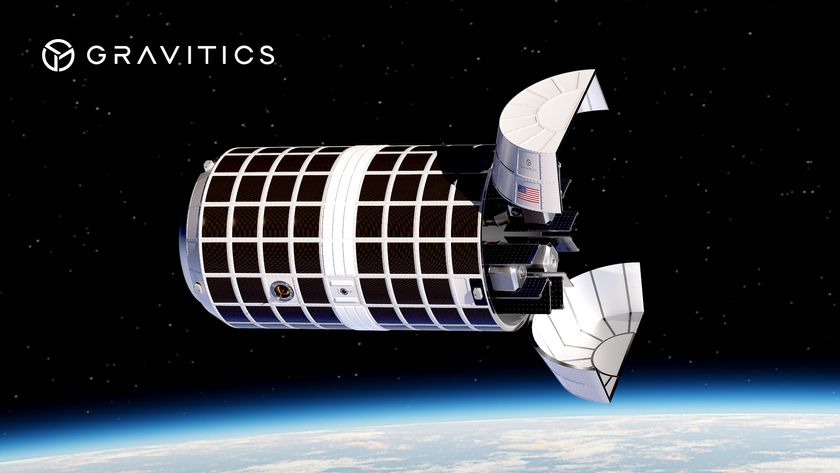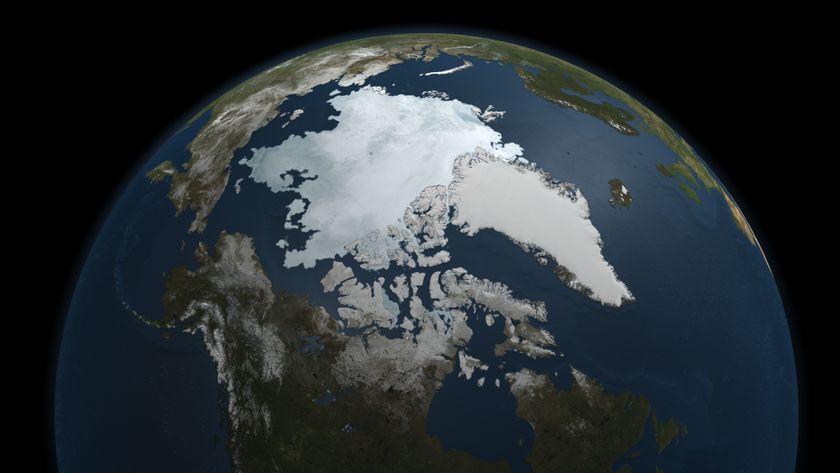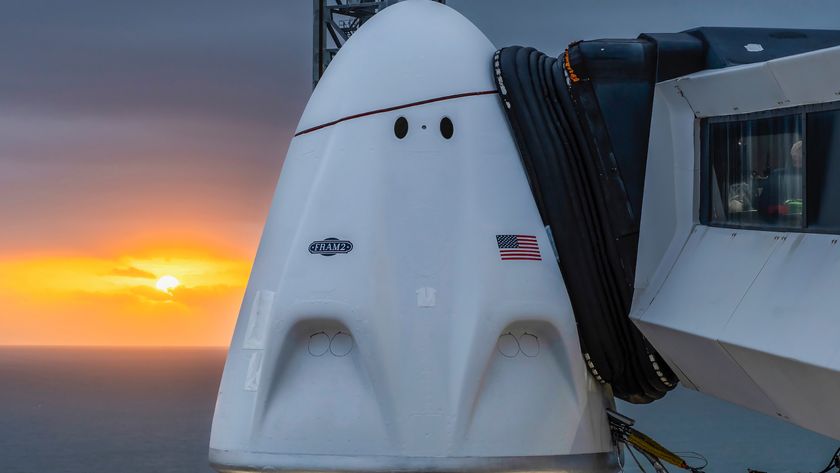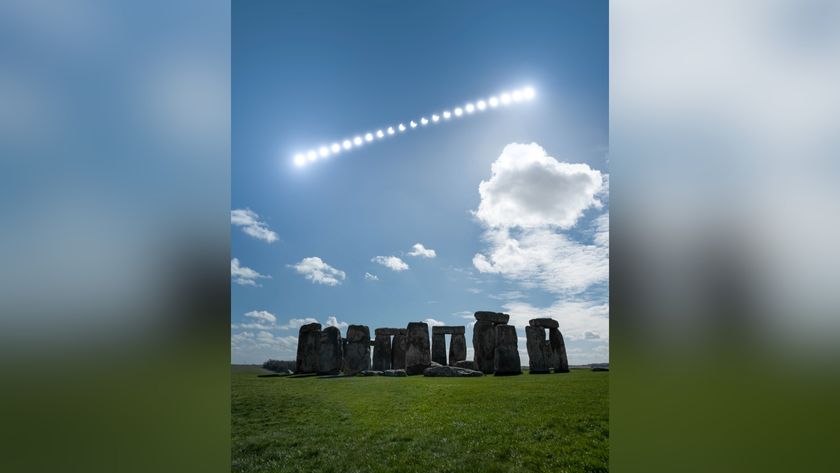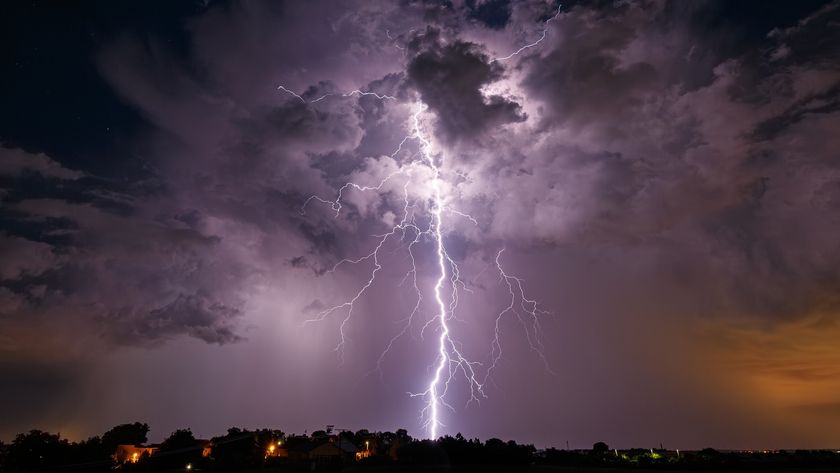Scientists to Announce 'Major Result' from Star Study Wednesday
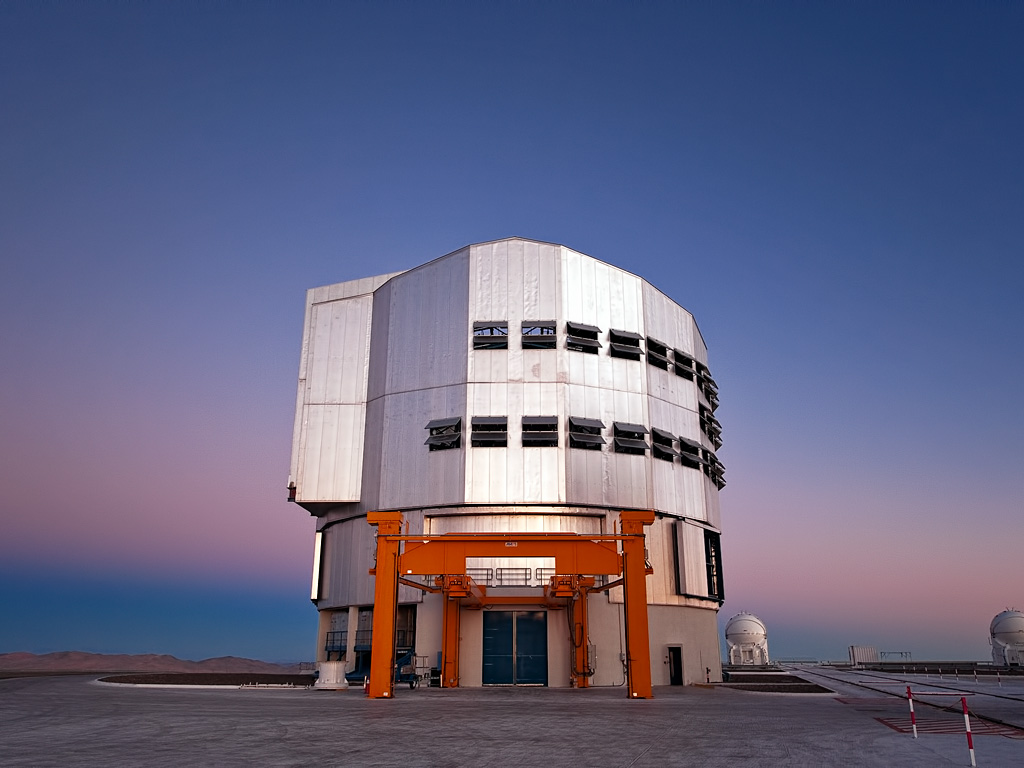
Astronomers working with the Very Large Telescope in Chile plan to announce a "major result" Wednesday (Aug. 28).
The finding relates to research on medium-size stars, scientists said. The results will "shed light on a long-standing mystery about stars like our own sun," according to a statement by the European Southern Observatory, which operates the Very Large Telescope. The results come from data collected by the UVES spectrograph on the telescope.
The project was led by Brazilian astronomers at the Institute of Astronomy, Geophysics, and Atmospheric Sciences at the University of São Paulo, and includes an international team of researchers.
The scientists will share their discovery and discuss its implications during a press conference at 11:30 a.m. EDT (10:30 local time) at the headquarters of the Institute of Astronomy, Geophysics, and Atmospheric Sciences.

The presenters will include the following astronomers:
- TalaWanda R. Monroe (University of São Paulo)
- Jorge Meléndez (University of São Paulo)
- Claudio Melo (ESO)
The Very Large Telescope, which began taking images in 1998, sits high above Chile's Atacama Desert on Cerro Paranal. The observatory includes four telescopes, each with a main mirror 27 feet (8.2 meters) wide, which can be used together or separately.
Visit SPACE.com on Wednesday (Aug. 28) for full coverage of the announcement.
Get the Space.com Newsletter
Breaking space news, the latest updates on rocket launches, skywatching events and more!
Follow Clara Moskowitz on Twitter and Google+. Follow us @Spacedotcom, Facebook and Google+. Original article on SPACE.com.
Join our Space Forums to keep talking space on the latest missions, night sky and more! And if you have a news tip, correction or comment, let us know at: community@space.com.

Clara Moskowitz is a science and space writer who joined the Space.com team in 2008 and served as Assistant Managing Editor from 2011 to 2013. Clara has a bachelor's degree in astronomy and physics from Wesleyan University, and a graduate certificate in science writing from the University of California, Santa Cruz. She covers everything from astronomy to human spaceflight and once aced a NASTAR suborbital spaceflight training program for space missions. Clara is currently Associate Editor of Scientific American. To see her latest project is, follow Clara on Twitter.





